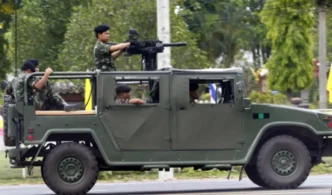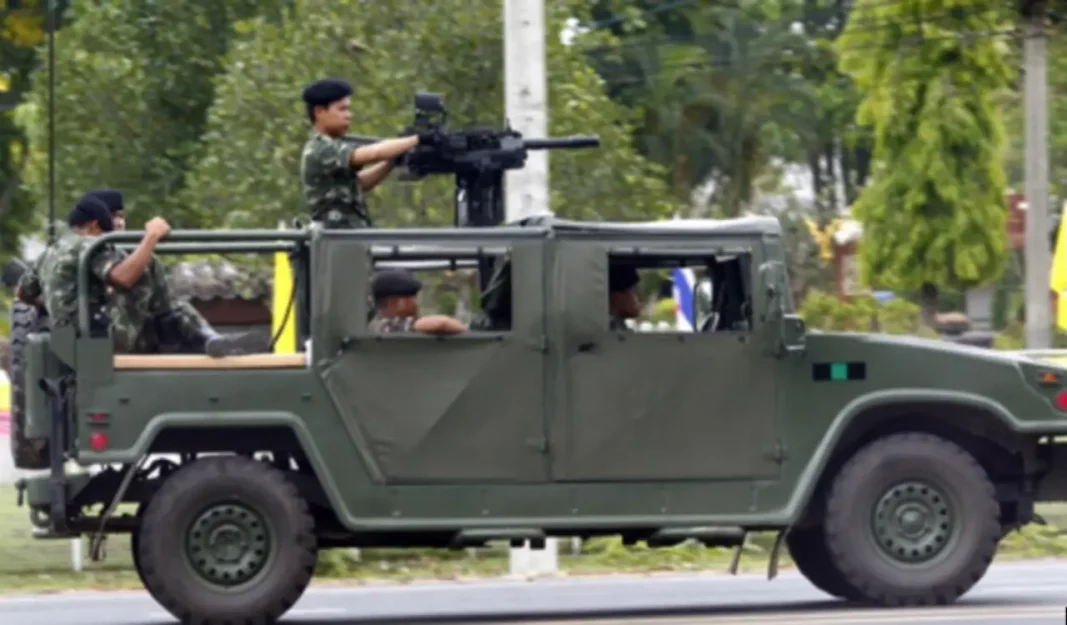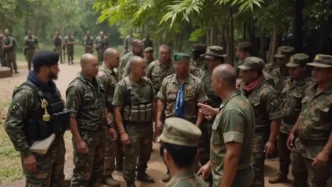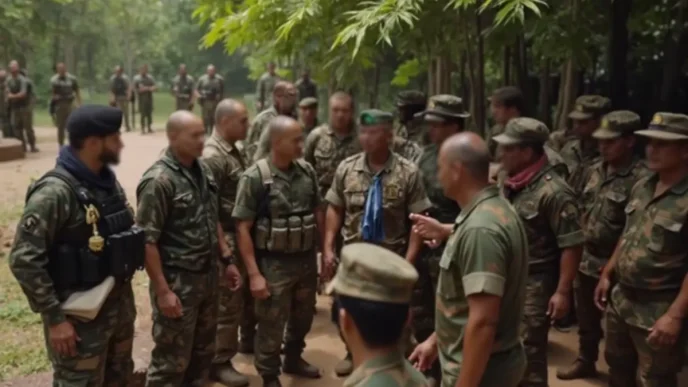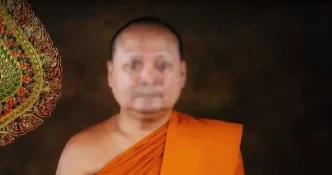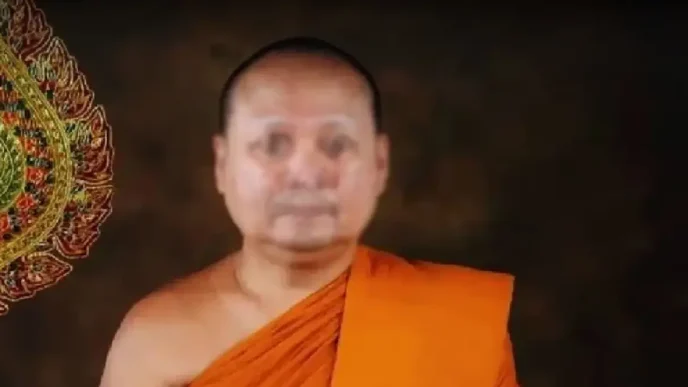As preparations intensify for an upcoming International Court of Justice (ICJ) hearing on the long-standing border dispute over the Preah Vihear temple, Thailand has imposed new restrictions along its shared border with Cambodia. The move, aimed at bolstering security and managing cross-border tensions, comes as both nations await a pivotal ruling that could reshape territorial claims and regional relations. With historical grievances and national pride at stake, the case underscores deeper geopolitical currents in Southeast Asia, where border disputes often intersect with cultural heritage and economic interests.
Border Restrictions Heighten Tensions
Thai authorities have introduced stricter controls at key border crossings near the Preah Vihear temple, a UNESCO World Heritage site perched on a cliff in the Dangrek Mountains. The measures include limiting civilian access to certain areas, increasing military patrols, and tightening checks on cross-border trade. Local officials cite security concerns as the primary driver, particularly in light of past skirmishes over the disputed territory. In 2011, clashes between Thai and Cambodian forces near the temple resulted in casualties on both sides, a stark reminder of how quickly tensions can escalate.
Residents on either side of the border have expressed mixed feelings about the restrictions. In Thailand’s Si Sa Ket province, small-scale traders who rely on cross-border commerce report significant disruptions. “We’ve been selling goods to Cambodian buyers for years, but now the checkpoints are stricter, and many can’t cross” said a local vendor, Somchai Rattanakorn. On the Cambodian side, near Oddar Meanchey province, similar frustrations are evident, with farmers and merchants facing delays and reduced income.
Thai government spokesperson Chai Wacharonke emphasized that the measures are temporary and necessary to maintain order ahead of the ICJ proceedings. “Our priority is to ensure stability in the region while respecting the legal process” he stated. Cambodian officials, however, have voiced concerns that the restrictions could be perceived as a preemptive assertion of control over the disputed area, potentially complicating diplomatic efforts.
Historical Context of the Preah Vihear Dispute
The Preah Vihear temple, known as Khao Phra Wihan in Thailand, has been a flashpoint between the two nations for over a century. Built between the 9th and 12th centuries during the Khmer Empire, the Hindu-Buddhist complex holds profound cultural and religious significance for both countries. While the temple itself lies on Cambodian soil, as affirmed by a 1962 ICJ ruling, the surrounding 4.6 square kilometers of land remain contested, with Thailand asserting historical claims based on colonial-era maps and agreements.
The 1962 decision, which awarded sovereignty over the temple to Cambodia, was met with resistance in Thailand, where nationalist sentiments have periodically flared over the issue. Subsequent attempts to demarcate the border have faltered, hampered by domestic political pressures and sporadic violence. A 2013 ICJ interpretation clarified that Cambodia has sovereignty over the temple and its immediate vicinity, but ambiguities persist regarding the broader disputed zone, fueling ongoing disagreements.
The current case before the ICJ stems from Cambodia’s request for further clarification on the 2013 ruling, particularly concerning access routes and adjacent territories. Thailand, meanwhile, seeks to protect its interests in the area, arguing that any reinterpretation must account for bilateral agreements and on-the-ground realities. Legal experts suggest that the upcoming hearing could set a precedent for how historical border disputes are resolved in the region, with implications beyond Southeast Asia.
Geopolitical and Economic Stakes
Beyond cultural heritage, the Preah Vihear dispute carries significant geopolitical weight. The temple’s location in the Dangrek Mountains offers strategic oversight of the surrounding plains, making it a point of military interest for both nations. During the Cold War, the area served as a stronghold for various factions, including remnants of the Khmer Rouge, adding layers of historical complexity to current tensions.
Economically, the border region supports vital trade and tourism. Preah Vihear attracts thousands of visitors annually, contributing to local livelihoods on both sides. However, recurring disputes have deterred investment in infrastructure and tourism development, with potential revenue losses estimated at millions of dollars. A 2024 report by the Asian Development Bank highlighted that unresolved border issues in Southeast Asia, including Preah Vihear, hinder regional integration and economic cooperation under frameworks like the ASEAN Economic Community.
Moreover, the dispute intersects with domestic politics in both countries. In Thailand, successive governments have faced pressure from nationalist groups to adopt a hardline stance, while in Cambodia, the temple serves as a symbol of national identity and resilience against external influence. Analysts note that leaders on both sides may use the ICJ ruling to bolster domestic support, particularly if economic or political challenges loom at home.
Regional Implications and ASEAN’s Role
The Preah Vihear case is emblematic of broader challenges facing the Association of Southeast Asian Nations (ASEAN), where member states often grapple with overlapping territorial claims. While ASEAN promotes dialogue and non-interference, its ability to mediate bilateral disputes remains limited, as seen in past failures to broker a lasting solution between Thailand and Cambodia. Some observers argue that a definitive ICJ ruling could encourage other ASEAN nations to pursue legal avenues for resolving disputes, potentially reducing the risk of armed conflict.
However, there are concerns that an unfavorable outcome for either side could reignite tensions, undermining regional stability. “The ICJ’s decision will be legally binding, but enforcement depends on political will” said Dr. Suthida Chansiri, a Bangkok-based international law expert. “If either country rejects the ruling, we could see a repeat of past confrontations.”
Public sentiment, as gauged through social media platforms like X, reflects a polarized landscape. Thai users often frame the issue as a matter of national sovereignty, while Cambodian voices emphasize historical ownership and international recognition. Bridging these perspectives will require sustained diplomatic engagement, a task that ASEAN could facilitate if member states prioritize collective stability over individual grievances.
Local Impact and Humanitarian Concerns
For communities near the border, the legal and political wrangling over Preah Vihear is a distant concern compared to immediate challenges. Displacement caused by past conflicts has left lasting scars, with some families still unable to return to ancestral lands. Humanitarian organizations report that heightened military presence and restricted movement exacerbate vulnerabilities, particularly for women and children reliant on cross-border networks for education and healthcare.
In Si Sa Ket and Oddar Meanchey provinces, local leaders have called for dialogue to address practical issues like trade and mobility, regardless of the ICJ’s decision. “We just want to live peacefully and work together” said a Cambodian community elder, Vong Sotheara. Similar sentiments echo in Thailand, where farmers hope for a resolution that prioritizes people over politics.
Looking Ahead: A Test for Diplomacy
As the ICJ prepares to deliver its ruling, the Preah Vihear dispute remains a litmus test for Thailand and Cambodia’s commitment to peaceful resolution. While border restrictions signal caution, they also highlight the fragility of trust between the two neighbors. The outcome of the case could either pave the way for stronger bilateral ties or deepen historical animosities, with ripple effects across Southeast Asia.
For now, the region watches as legal arguments unfold in The Hague, far from the ancient stone carvings of Preah Vihear. Yet, for those living in the shadow of the temple, the stakes are immediate and personal—a reminder that borders, whether drawn by colonial powers or modern courts, often divide more than just land.

